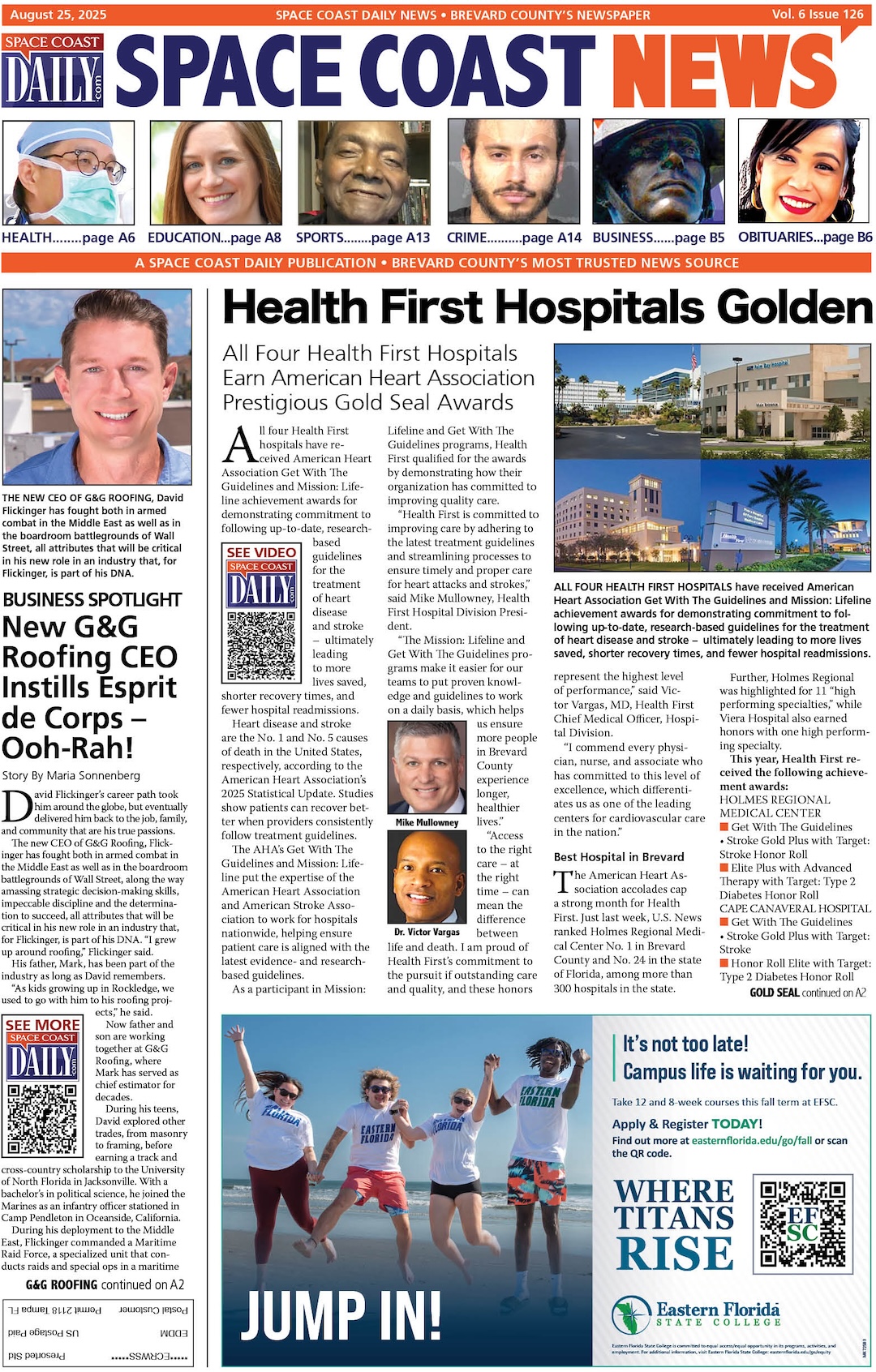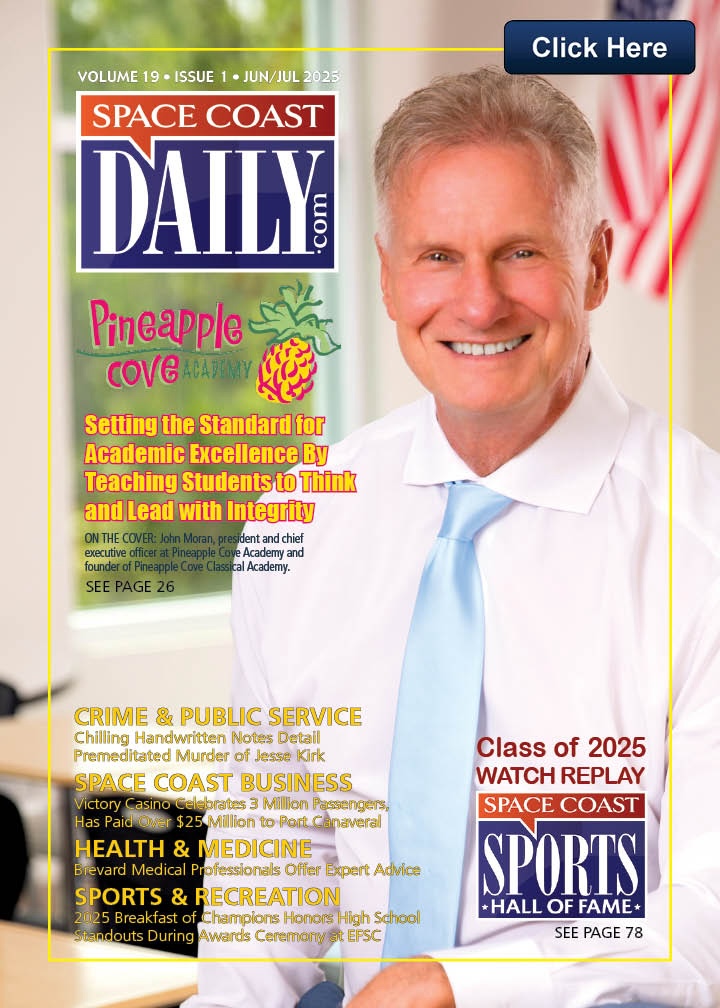Common Hassles When Moving to the US—and How to Handle Them
By Space Coast Daily // July 22, 2025

Moving to a new country is exciting, but it can also be stressful. The United States is a popular destination for people from all over the world, but settling in comes with its fair share of challenges.
Whether you’re coming to study, work, or join family, it’s good to know what to expect. Here are some common hassles people face when moving to the US, and a few tips to make things smoother.
Understanding the Visa Process
One of the biggest sources of stress is dealing with immigration paperwork. You may need a visa, work permit, or green card, depending on why you’re moving.
The process can be slow and sometimes confusing. Forms are long and full of legal language. Mistakes can delay everything.
It helps to read each form carefully. Don’t rush. If you’re unsure, ask someone who knows the process. Many people get help from immigration lawyers or nonprofit groups that work with newcomers. Some universities and employers also offer help with paperwork.
Looking for a Place to Live
Housing in the US can be expensive, especially in big cities. It’s hard to know which neighborhoods are safe or close to work or school. Renters may also face credit checks or be asked for a social security number, which new arrivals often don’t have yet.
If you can, look for housing before you arrive. Some people stay with family or friends for the first few weeks. Others use short-term rentals until they find something more permanent. Online groups and local community centers sometimes post listings or offer advice.
Setting Up Your Finances
Having a US bank account makes it much easier to manage money. You’ll need it for direct deposit if you’re working, or to pay bills like rent and utilities.
But many banks ask for documents that non-residents don’t always have, like a social security number or a US address.
Fortunately, there are options for opening a US bank account for non residents online. Some banks and financial platforms now let you apply with just a passport and a few other documents.
These services are designed for people who are new to the country and may not have all the standard ID yet. You can often open the account from abroad before your move. This saves time and makes it easier to settle in once you arrive.
When choosing an online bank account, check the fees and whether they offer services you need, like a debit card, mobile app, or customer support in your language.
Learning the Healthcare System
Healthcare in the US can be very different from what people are used to in other countries. It’s expensive, and most care is not free. You need health insurance to cover the cost of doctor visits, medicines, and emergencies. But insurance plans can be confusing.
If you’re coming for work or school, you may be offered insurance through your employer or university. Read the plan details so you know what it covers. If you’re moving on your own, you may need to buy private insurance. Some states offer low-cost options, depending on your income and visa type.
It’s also good to know where the nearest clinic or hospital is. In an emergency, you can call 911. For smaller problems, urgent care centers are usually faster and cheaper than the emergency room.
Getting a Mobile Phone and Internet
You’ll probably need a local phone number soon after you arrive. Phone plans vary by provider, and many require a credit check. This can be difficult if you don’t have a US credit history.
Prepaid plans are a simple option. You can get a SIM card and pay monthly without a contract. Some companies also offer internet bundles that include phone and Wi-Fi.
Understanding Transportation Options
Public transportation in the US depends a lot on where you live. Some cities have good bus or subway systems. Others require a car for almost everything.
Check what’s available in your area. Apps like Google Maps or local transit apps can help you learn the routes. If you plan to drive, you may need to get a local driver’s license.
Managing Day-to-Day Costs
The cost of living in the US can be high. Food, rent, transport, and medical care all add up. Prices vary a lot by city and state.
Making a budget can help you keep track of spending. Look for deals at grocery stores, discount shops, or secondhand stores when settling in. Many communities also have thrift stores or donation-based programs for newcomers.
Getting Used to the Culture
The US is a mix of many cultures, but it still takes time to adjust. Everyday things—like greetings, tipping at restaurants, or school rules—might feel different.
You might also notice cultural differences in how people talk or express themselves. Don’t worry if it feels confusing at first. You’ll learn by watching, asking questions, and joining local activities.
Building a Support Network
It’s easy to feel lonely when you move to a new place. Friends and family are far away. Everything feels unfamiliar.
Try to meet people through community events, churches, local classes, or support groups. Connecting with others who’ve had similar experiences can be encouraging.
Some cities have organizations that help immigrants settle in, offering language classes, job help, and community events.
Adjusting Takes Time
Moving to the US is a big change. It’s okay if things feel overwhelming. Everyone adjusts at their own pace.
Focus on the small wins. Learn your neighborhood. Get to know your local grocery store. Celebrate your progress. The more you learn, the more confident you’ll feel. Bit by bit, you’ll start to feel at home.
Conclusion
Moving to the US comes with challenges, but many of them can be solved with planning and patience.
From finding housing to understanding healthcare, each step gets easier once you know what to expect. Resources, online tools, and local support can make a big difference. You’re not alone in this process—and things do get better with time.












